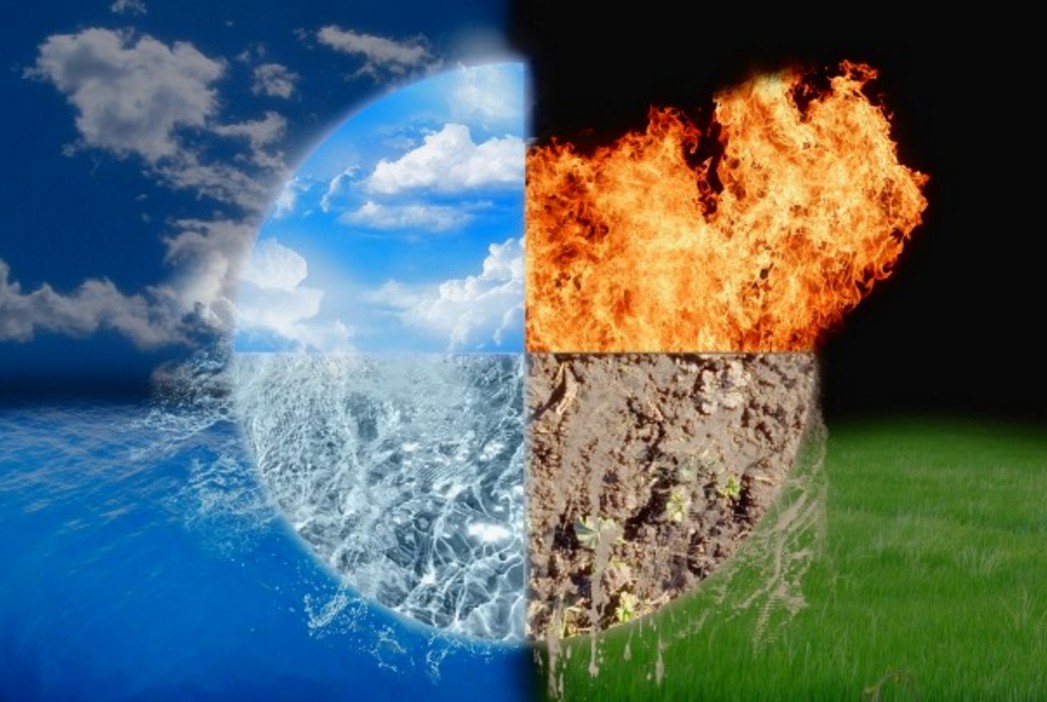Wonders of Creation
The Miracle of Water: Why This Unique Property Keeps Life on Earth Alive
How water defies the laws of nature, purifies through clouds, and sustains every ecosystem on our planet
- |Updated

As is well known, the rule of matter is simple: all substances expand when heated and contract when cooled. Engineers leave small gaps between metal rails on a railroad track to prevent the rails from bending under the heat and friction of the train wheels.
When the temperature rises, matter expands and its volume increases, while when the temperature drops, matter contracts and its volume decreases. This is a fundamental law of nature, universal and absolute.
When Water Breaks the Law
Unlike every other substance in existence, water does not obey this rule near freezing. From 4°C down to 0°C, instead of continuing to contract, water does the opposite — it expands! Its volume increases, as if it were being heated rather than cooled.
Scientists admit they do not know how this reversal occurs, nor why water alone behaves differently, but they do understand why it is necessary. Without this “miracle of water,” life on Earth could not exist.
Why Ice Floats — and Why Life Exists
If water continued to contract at freezing, ice would be denser than liquid water and sink. Lakes, rivers, and oceans would freeze from the bottom up, trapping aquatic life in massive blocks of ice.
The Arctic Ocean itself would freeze solid each winter. When summer arrived, the thawing icebergs would generate destructive torrents of meltwater, flooding continents and drowning life on land.
Instead, ice floats. It forms a protective layer on the surface, insulating the liquid water below, allowing fish, plants, and ecosystems to survive the cold. Is this not a staggering wonder?
Clouds: Earth’s Natural Water Transport System
How are the world’s waters transported to where they are needed in fields, reservoirs, and dry lands? Is irrigation only possible through artificial means like aqueducts? What about places where no such infrastructure exists?
Nature provides its own solution. Hundreds of thousands of tons of water rise into the sky every day. Through the process of evaporation, heavy water transforms into vapor lighter than air, forming clouds that travel great distances.

From Impure to Pure: The Distillation of the Skies
In the process, dirty, salty, or even polluted water becomes clean and fresh. Evaporation filters out impurities, as only pure liquid can vaporize, and rainfall replenishes Earth with life-giving freshwater.
Winds, created by the interaction of heat and cold across the globe, then carry these clouds to distant places in need of water. There, the vapor condenses, falls as rain, and replenishes reservoirs, rivers, and soil.
Gentle Rain: Designed for Life
Rain does not fall as a violent flood, though it descends from heights of thousands of feet. Instead, it falls in gentle droplets, soft enough to kiss the earth without crushing plants or seeds.
Even when strong winds blow, the raindrops never collide into one mass of water. Instead, the entire rainfall shifts sideways in perfect unison, each drop keeping its form.
Who designed this? Who orchestrated such a perfect system, balancing physics, chemistry, and biology in harmony?
A Miracle Hidden in Plain Sight
The “miracle of water” ensures the stability of life on Earth. The only substance that expands upon freezing is the very one upon which life depends. Without this exception to the natural law, ecosystems could not survive.
Scientists admit they cannot explain why water behaves this way. Yet, for those who reflect, this points to an underlying wisdom: “For He spoke, and it came to be; He commanded, and it stood firm” (Tehillim 33:9).
Indeed, nature and miracle are not opposites, as both flow from the same Source.

